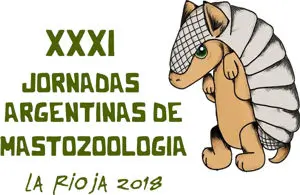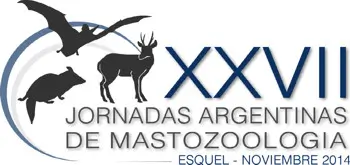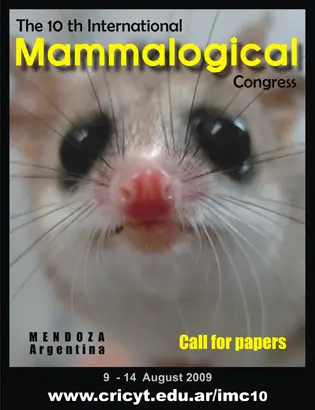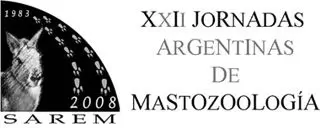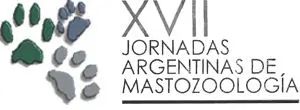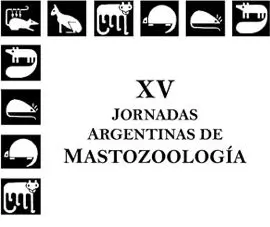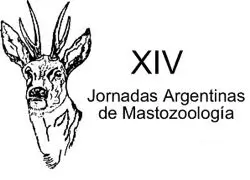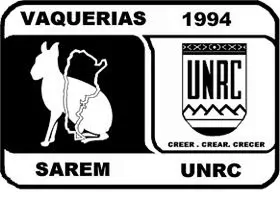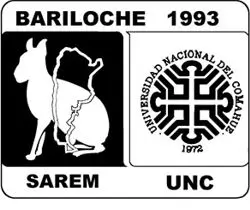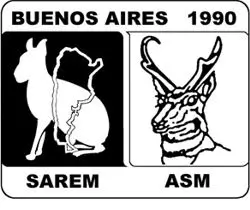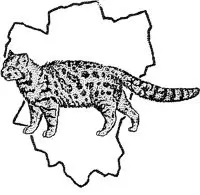
Comparative morphology of the auricular pinna in Sigmodontinae (Rodentia: Cricetidae)

Comparative morphology of the auricular pinna in Sigmodontinae (Rodentia: Cricetidae)
- Tipo de actividad: Oral
- Palabras clave: external ear; habitat; ecological adaptations
- Autoría: Curay J, Rasia LL, Brito J, Pardiñas UFJ
- Afiliación: Grupo de Estudio de Mamíferos Australes GEMA, Instituto de Diversidad y Evolución Austral IDEAus, Centro Nacional Patagónico CENPAT – CONICET | Instituto Nacional de Biodiversidad (INABIO) | División Paleontología Vertebrados, Museo de La Plata
- Email: jaqui.curay@hotmail.com
Sigmodontine rodents, the most diverse subfamily within Cricetidae, have been the focus of numerous morphological studies. However, the external ear—or auricular pinna—has largely been overlooked, apart from a few metric analyses. This is notable given that, in other mammalian groups, the pinna exhibits marked morphological diversity, often linked to thermoregulation and ecological lifestyle. We conducted a comparative analysis of the macroscopic morphology of the auricular pinna in 53 genera representing all 13 currently recognized sigmodontine tribes. In the absence of a descriptive topographic framework for muroid rodents, we developed a general scheme adapted from studies in other mammals, defining four analytical parameters: relative size, position on the head, shape, and pilosity. Except for one genus (Anotomys), all examined taxa possessed a pinna. Relative size was categorized as large, medium, or small. In terms of orientation, most genera with large or small ears exhibited oblique implantation (>90°), whereas some with medium-sized ears showed a more vertical orientation (<90°). Over half (53%) of the pinnae were rounded and lacked indentations. While no glabrous ears were observed, pilosity varied widely, from densely furred to nearly hairless. The absence of a tragus in Brucepattersonius and Scapteromys—unique among examined sigmodontines—may represent a diagnostic trait at the genus level. Morphological variation appears associated with different lifestyles, though not in a strictly linear fashion. Small, pilose ears may provide protection in fossorial or semiaquatic forms, though similar traits occur in unrelated taxa. In arboreal and scansorial forms, larger and less pilose ears may facilitate hearing and thermoregulation. Terrestrial taxa showed the greatest variability, suggesting additional ecological or phylogenetic influences. These findings reveal significant and previously underappreciated diversity in auricular pinna morphology and highlight the need for further functional and phylogenetic studies.






